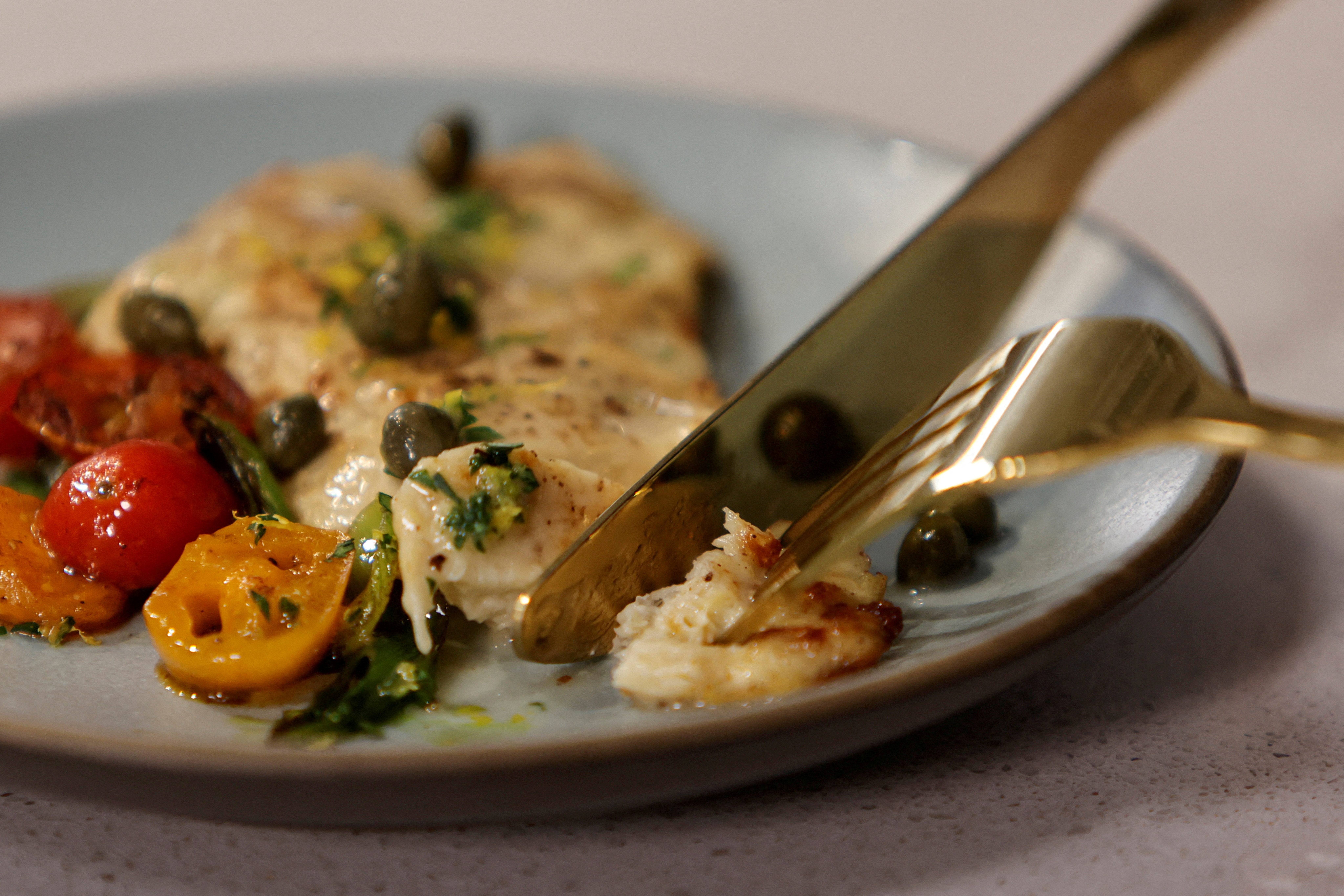
Two companies, Upside Foods and Good Meat, said on Wednesday they have received final US Department of Agriculture (USDA) approval to sell lab-grown meat, paving the way for the nation’s first-ever sales of the product.
The companies are the first to complete a multi-step approval process for so-called cultivated meat, which is derived from a sample of livestock cells that are fed and grown in steel vats. The US Food and Drug Administration (FDA) has already determined that the food is safe to eat.
With the approvals, the United States will become the second country after Singapore to allow cultivated meat sales.
“It is a dream come true,” said Uma Valeti, CEO of Upside, in an interview with Reuters. “It marks a new era.”
The companies, which both make cultivated chicken, plan to first serve their product at high-end restaurants before scaling production to reach a lower cost for grocery stores.
This morning, GOOD Meat received its final round of approval from the USDA and is approved for sale in the U.S. This final approval means that #GOODMeat is declared safe to eat and produce in the United States, marking a groundbreaking moment for cultivated meat. pic.twitter.com/tWeObB400c
— GOOD Meat (@GOODMeat) June 21, 2023
Upside chicken will first be served at Bar Crenn, a restaurant in San Francisco owned by chef Dominique Crenn, the company said. Good Meat will sell its first batch of chicken to the José Andrés Group, owned by the humanitarian and chef, Good Meat said.
The companies said they are still determining an exact timeline for when the products will hit plates.
Cultivated meat companies hope their products will provide an appealing alternative for meat eaters looking for a more environmentally friendly and humane option for their cuts, and who may be unsatisfied with vegetarian products already on the market.
The USDA laid out the four steps in making lab-grown meat.
- Sample cells from tissue of animal are taken, screen and grown to make a bank of cells for later use. The process “typically does not permanently harm or kill the animal”.
- Cells are then put into a controlled environment – such as a sealed container – where nutrients and other factors prompt them to multiply.
- Once the number of cells has increased into billions or trillions, more factors are added to the controlled environment that allow the cells to differentiate into types “and assume characteristics of muscle, fat, or connective tissue cells”.
- When the cells have taken on the desired characteristics, they can be taken from the controlled environment and be processed and packaged like conventional food.
Upside Foods on its website called the process “similar to brewing beer” and emphasises what it produces is actual meat, without having to slaughter animals.
Beef production is responsible for about 40 percent of the world’s deforestation, according to Our World in Data, while the UN Food and Agriculture Organization said livestock production generates 14.5 percent of the world’s greenhouse gas emissions.
Until this meat costs and tastes the same as traditional meat, “it’s going to stay niche,” said Bruce Friedrich, president of the Good Food Institute told The Associated Press.
Also, some people find the idea of meat from cells strange. A recent poll conducted by The AP and the NORC Center for Public Affairs Research found half of US adults said that they are unlikely to try it.







